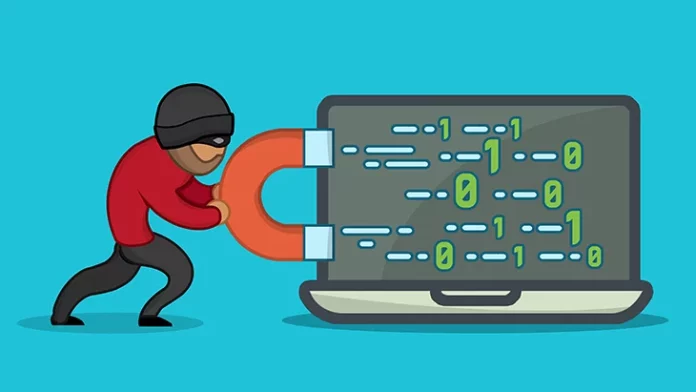As a Security Operations Center (SOC) analyst, it’s essential to be aware of various data exfiltration techniques to detect and prevent potential data breaches. Data exfiltration refers to the unauthorized transfer of data from within an organization to an external or unauthorized destination. Here are some top data exfiltration techniques that SOC analysts should be aware of:
- Email or Webmail: Attackers may use email services or webmail to send sensitive data outside the organization. They can attach files or use steganography techniques to hide data within images.
- File Transfer Protocols: Attackers may use FTP (File Transfer Protocol), SFTP (Secure FTP), or SCP (Secure Copy Protocol) to transfer files externally.
- Cloud Storage and File Sharing: Cloud storage services, such as Dropbox, Google Drive, or OneDrive, can be used to store and transfer sensitive data. Users may also employ anonymous or throwaway accounts for this purpose.
- Remote Desktop Protocols (RDP): Attackers might exploit RDP to gain access to a system and copy or exfiltrate data directly from the compromised system.
- Instant Messaging and Chat Services: Secure messaging apps or chat services can be used for sharing data covertly. Some attackers may use encrypted communication channels.
- Web-Based Data Exfiltration: Attackers may encode data into web traffic, such as URL parameters, cookies, or HTTP headers, and transmit it to a remote server.
- DNS Tunneling: DNS requests can be manipulated to exfiltrate data by encoding it within DNS queries or responses. Attackers can use tools like Dnscat2 or Iodine for this purpose.
- Data Compression and Encryption: Attackers may compress and encrypt data to avoid detection and then exfiltrate it through various channels.
- Steganography: Hiding data within images, audio files, or other digital media to evade detection. Steganography tools and techniques can be employed for this.
- Physical Media: Attackers may physically steal or copy data to removable media devices, such as USB drives, external hard drives, or DVDs, and then remove it from the organization.
- Social Engineering: Insider threats or external attackers may use social engineering to trick employees into sharing sensitive data.
- Tunneling Protocols: Secure and encrypted tunneling protocols like SSH, VPNs, or Tor can be used to exfiltrate data while evading traditional network monitoring.
- Data Obfuscation: Attackers may obfuscate data within legitimate-looking traffic, making it challenging to detect data exfiltration.
- Malicious Documents and Macros: Malware-laden documents or malicious macros can exfiltrate data from a compromised system.
- DNS Data Exfiltration: Attackers may use DNS queries to exfiltrate data by encoding it within subdomains or other DNS-related elements.
- HTTP/HTTPS: Data can be exfiltrated over regular or secure HTTP/HTTPS connections, often by embedding the data within HTTP headers or using POST requests.
- Voice Over IP (VoIP) Channels: Voice communication channels can be exploited to transmit data in audio form.
- Printers and Scanners: Attackers may use printers and scanners with storage capabilities to exfiltrate sensitive documents.
- RFID and Wireless Technologies: Wireless communication methods and RFID technologies can be used to exfiltrate data.
- Bluetooth and Near-Field Communication (NFC): Bluetooth or NFC connections can be exploited to exfiltrate data in close proximity to the victim’s device.
SOC analysts should continuously monitor for signs of data exfiltration, such as unusual network traffic patterns, unauthorized access, or unexpected data transfers, and be prepared to respond swiftly to prevent data breaches and minimize potential damage. Security measures such as Data Loss Prevention (DLP) systems, network monitoring tools, and user awareness training are essential in detecting and mitigating data exfiltration threats.



































